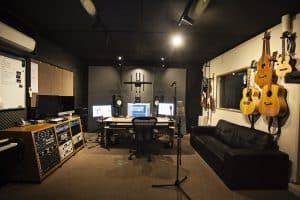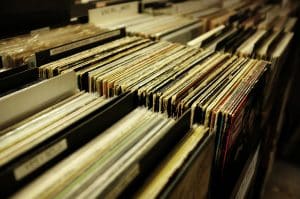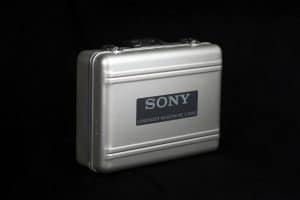Recording studios always have EQ. It is an extremely important concept in the world of music recording. This article will help people new to recording studios better understand how equalisation (or EQ for short) will assist their music to sound better.
Equalisation (more often referred to as “EQ’ing”) is the alteration of the volumes of different frequencies across the audio spectrum (20Hz to 20000Hz to the human ear). Every sound is made up of different frequencies in this spectrum. Equalisers (EQ’s) allow us to alter selected frequencies whilst leaving others untouched. This gives recording studios more mixing flexibility than if they were only able to change the overall volume of individual instruments.
For example, if you wanted to increase the volume of the “click” in the hammer hitting the kick drum in your mix you could identify the frequencies that make up this sound and increase those specifically. This would leave the other sonic characteristics of the kick drum unchanged. This is more ideal than if you had to increase the volume of the whole kick drum, because there might be components of that kick sound that you do not want to make louder. Think of EQ’ing as the cutting or boosting of the individual frequency volumes rather than the overall volumes of different instruments. It’s a more surgical approach in general.
Equalisation in recording studios can be used creatively or as a sound-balancing tool. The main modes of audio equalisation are shelving, graphic, parametric and filtering. The filters include high and low pass, notch, presence and bandpass filters. It is common for modern EQ’s and EQ plugins (software-based EQ’s) to have many of these modes simultaneously available.
Hopefully this article has helped a little in unlocking the jargon that flies around the recording control room next time you are recording a song.




